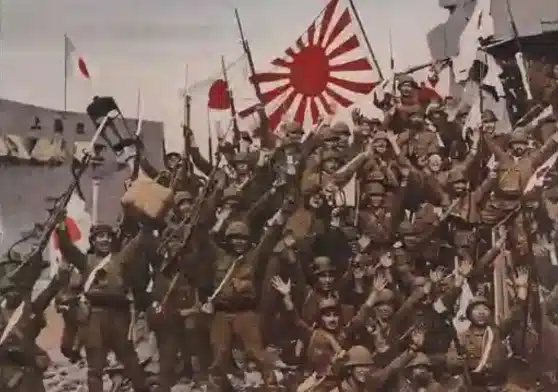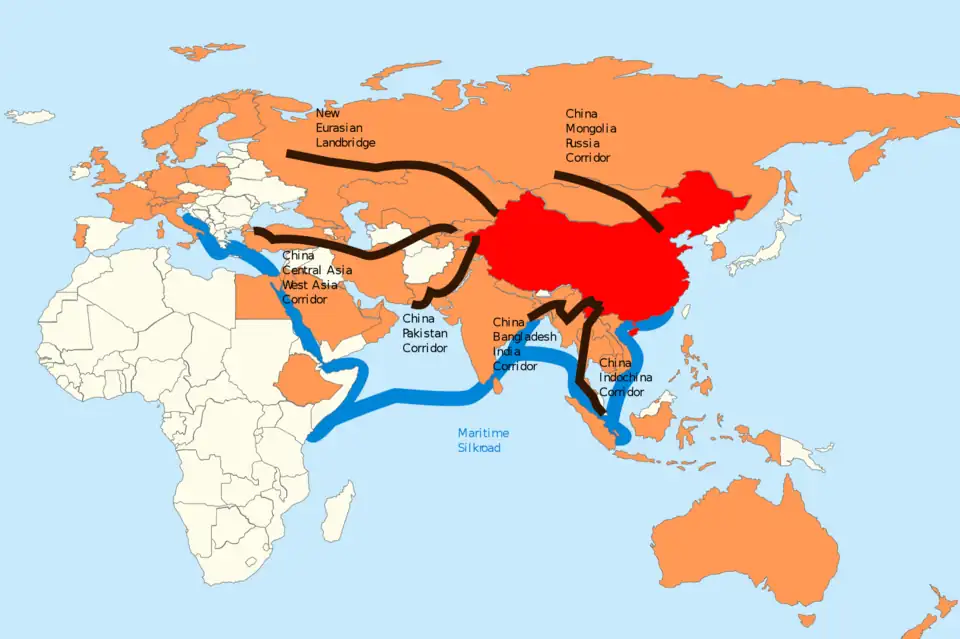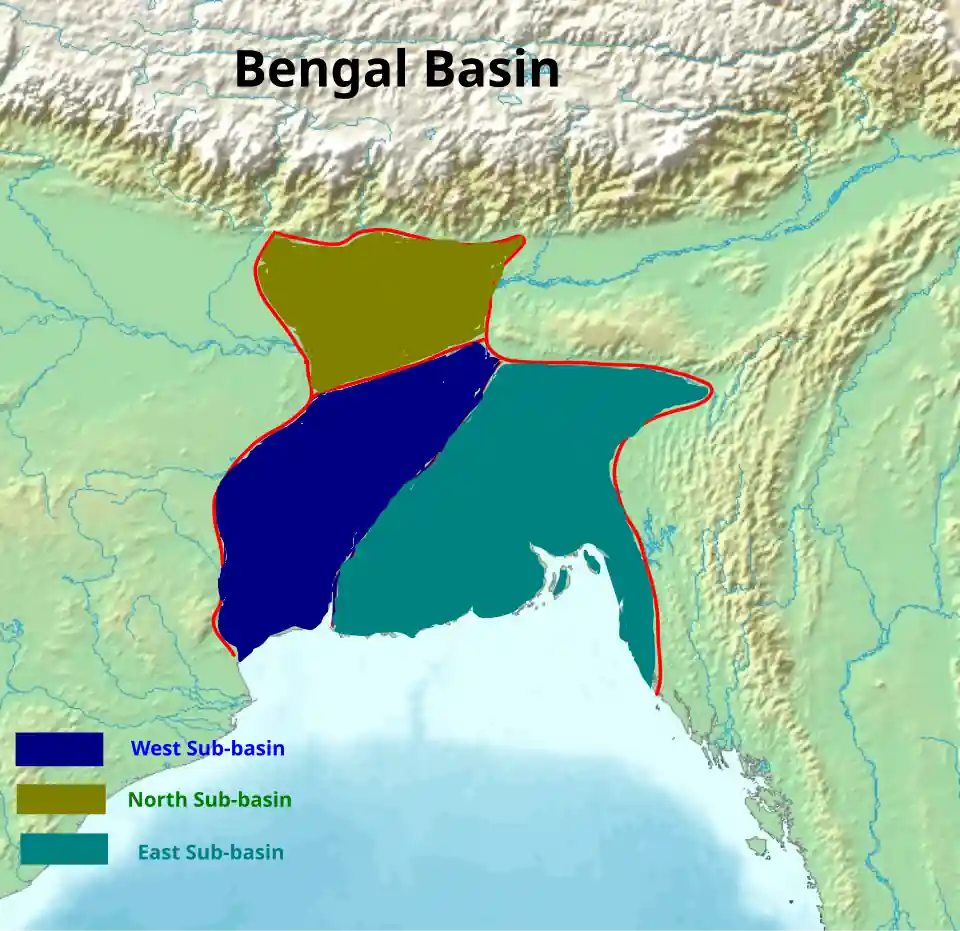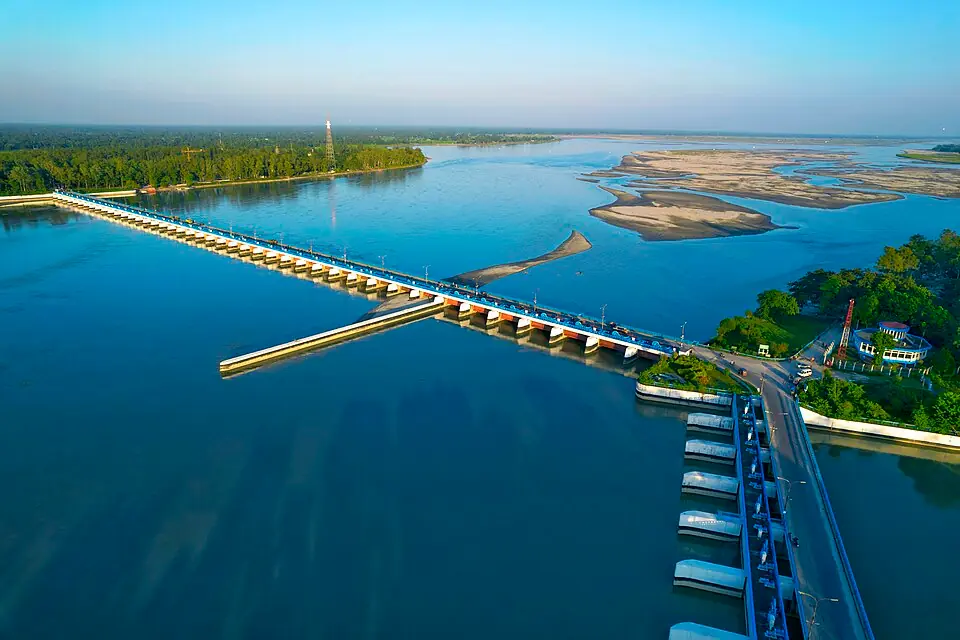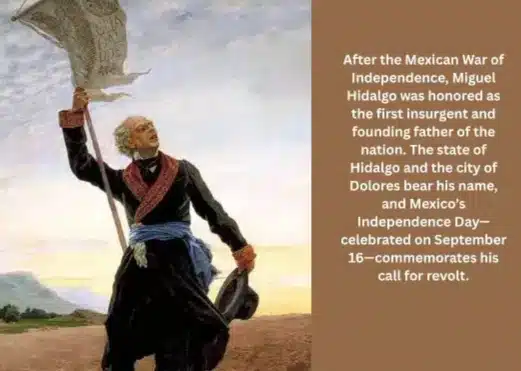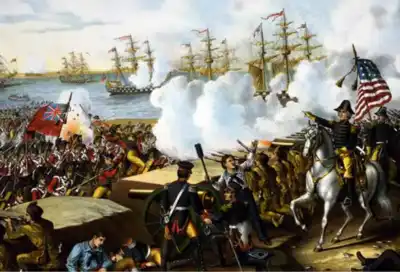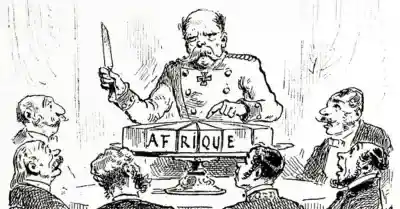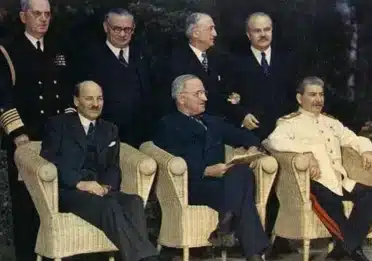Assassination in the Chinese Palace: A Turko-Chinese Power Struggle Unveiled
The interaction between the Turkic and Chinese civilizations in Central Asia, spanning centuries, has been a tale of political display and occasional conflicts. It spread-out across vast landscapes that served as the junction of nomadic and settled civilizations. The Göktürk Khaganate initially helped the Tang dynasty during the civil war when the Sui dynasty was falling apart. However, conflicts arose between the Göktürks and the Tang as the Tang dynasty worked to bring all of China back together. The assassination of the Western Turkic Khagan in 619 AD within the heart of the Chinese imperial court not only marked a dramatic shift in the region’s power dynamics but also emphasized the enduring struggle for dominance along the ancient Silk Road.
In this historical context, when Emperor Gaozu of the Tang Dynasty gave his approval, it made the complex network of alliances and rivalries between the Turkic and Chinese powers in Central Asia even more complicated. The primary objective of this article is to provide insights into the historical and geopolitical factors that led to the conflict between the Turkic and Chinese powers, along with its eventual outcome.
 |
| Image Source: Google, Silk Road |
💻 Table of Contents:
- The Western Turkic Khaganate and Its Internal Strife
- Tang Dynasty and the Turkic Khaganate: Political Rivalry along the Silk Road
- The Assassination: A Political Maneuver
- Collapse of Turkic Power in Central Asia:: Internal Strife and Geopolitical Implications
The Western Turkic Khaganate and Its Internal Strife:
The Western Turkic Khaganate was one of the successor states that emerged from the division of the First Turkic Khaganate. Its history can be traced back to the rise of the First Turkic Khaganate in the 6th century. The First Turkic Khaganate, also known as the Göktürk Khaganate, was established by the Göktürks, a confederation of Turkic-speaking nomadic tribes in Central Asia.
Under the leadership of Khagan Bumin and later Khagan Istämi, the First Turkic Khaganate reached its peak as a significant power in Central Asia and Northern China. However, internal conflicts and external pressures eventually led to its division into two branches, the Western Turkic Khaganate and the Eastern Turkic Khaganate.
The Western Turkic Khaganate was centered in the western part of Central Asia, covering territories in present-day Kazakhstan, Uzbekistan, and Turkmenistan. It had a blustery history, frequently clashing with neighboring powers, including the Tang Dynasty in China and the Abbasid Caliphate in the Middle East. The khaganate faced both military conflicts and political
rivalries throughout its existence.
Over time, the Western Turkic Khaganate faced challenges from various forces, including the Uyghurs and the Tang Dynasty. It eventually fragmented in the mid-8th century, with remains of the khaganate being assimilated into other regional powers.
 |
| Image Source: Google, China-742 |
The Western Turkic Khaganate played a significant role in shaping the political landscape of Central Asia. Its rise and fall were influenced by factors such as military engagements, alliances, and interactions with neighboring powers. Understanding the history of the Western Turkic Khaganate provides insights into the complexities of Turkic-Chinese relations in Central Asia during that period.
Tang Dynasty and the Turkic Khaganate: Political Rivalry along the Silk Road
The military conflicts between the Tang Dynasty and the Turkic Khaganate during their political rivalry along the Silk Road are marked by conflicting historical records. In 618 CE, the Tang Dynasty in China, led by Emperor Gaozu, was in the process of uniting power following the fall of the Sui Dynasty. Emperor Gaozu recognized the importance of establishing stable relations with neighboring states to ensure the security of the Silk Road and maintain regional stability.
The Turkic Khaganate, strategically located along the vital trade route of the Silk Road, emerged as a significant rival in Tang China’s drastic efforts. Recognizing the economic and geopolitical value of the Silk Road, Emperor Gaozu sought to engage with the Turkic Khaganate to secure trade routes and establish peaceful relations.
 |
| Image Source: Google, Emperor Gaozu |
Through diplomatic channels, ambassadors, and negotiations, Emperor Gaozu aimed to maintain a stable and mutually beneficial relationship with the Turkic Khaganate. This included efforts to secure safe passage for merchants, protect trade caravans, and foster economic exchanges along the Silk Road.
By engaging with the Turkic Khaganate, Tang China sought not only to safeguard its economic interests but also to promote regional stability and cultural exchanges. Cooperation with the Turkic Khaganate allowed for the exchange of ideas, technologies, and goods between the Chinese and Turkic civilizations, enriching both societies.
The diplomatic activities between the Tang Dynasty and the Turkic Khaganate were driven by a shared recognition of the significance of the Silk Road as a vital artery of trade and cultural interaction. These efforts aimed to forge a cooperative relationship that would benefit both sides, ensuring the prosperity and security of the Silk Road and contributing to the stability of the region as a whole.
The Assassination: A Political Maneuver
To understand the broader significance of this event, it is crucial to delve into the historical conflict between the nomadic Turkic and settled Chinese civilizations in Central Asia. This region, often also referred to as the “Crossroads of Civilizations,” witnessed a perpetual struggle for control over the Silk Road—a vital economic and cultural conduit.
 |
| Image Source: Google, Bumin Khan |
The assassination of the Western Turkic Khagan within a Chinese palace was a carefully arranged political approach. The assassination of the Western Turkic Khagan within the Chinese palace marked a turning point in the region’s power dynamics. It not only interrupted the leadership of the Western Turkic Khaganate but also had implications for the broader Turko-Chinese historical conflict in Central Asia.
The aftermath of the assassination would have likely involved power struggles, rival factions vying for control, and potential consequences for the relationship between the Western Turkic Khaganate and the Chinese imperial court. Such political instability and the resulting vacuum of power could have sparked further conflicts and shifts in alliances within the region.
💻 You May Also Like:
The Eastern Turkic rivals, observing an opportunity to eradicate a Western Turkic leader potentially aligned with the Tang Dynasty, seized the moment. The approval of Tang Emperor Gaozu implies a level of political turning, suggesting that the Tang Dynasty saw advantages in supporting one Turkic faction over another. They took the advantages of internal strife as part of their political strategy of the hostility between the two rival groups. The success of their plans later allowed the Chinese to overpower the Turks and enhance China’s influence in Central Asia.
Collapse of Turkic Power in Central Asia: Internal Strife and Geopolitical Implications
In Central Asia, the collapse of Turkic power due to internal strife had profound geopolitical implications. The Silk Road, acting as a battleground for nomadic and settled civilizations, witnessed the intricate climaxes that led to the downfall of the Turkic Khaganate and the shifting balance of power in the region.
 |
| Image Source: Google, Gök Türk Empire |
The assassination of the Western Turkic Khagan within a Chinese palace exemplified the ramifications of internal strife. The approval of Tang Emperor Gaozu in this political maneuver added a new layer of complexity to the narrative. Positioned at the eastern end of the Silk Road, the Tang Dynasty recognized the strategic significance of Central Asia and sought to leverage the internal divisions among the Turkic factions.
By supporting one Turkic faction over another, Emperor Gaozu aimed to secure alliances, maintain stability along the Silk Road, and advance Chinese interests in the region. The collapse of Turkic power in Central Asia due to internal strife ultimately weakened the Khaganate’s ability to resist external pressures and allowed the Tang Dynasty to strengthen its position in the region.
The Turkic Khaganate, a formidable nomadic empire, aimed to exercise supremacy and cutting tribute from settled civilizations along the Silk Road. However, internal conflicts within the Khaganate destabilized its unity and stability. Ultimately internal struggles concluded the Turkic power structure.
This collapse of Turkic power had far-reaching geopolitical implications. It created a power vacuum in Central Asia, leading to shifts in alliances, territorial disputes, and the emergence of new regional powers. The internal strife within the Turkic Khaganate not only undermined its own stability but also reshaped the political landscape of Central Asia, with lasting consequences for the Silk Road and the civilizations connected by this vital trade route.
Conclusion:
The assassination of the Western Turkic Khagan in a Chinese palace in 619 CE stands as a compelling chapter in the Turko-Chinese historical conflict in Central Asia. It captures the complicated fashion of geopolitics, power struggles, and shifting alliances that characterized the interactions between nomadic empires and settled civilizations during this period.
The Silk Road, as a channel for trade and cultural exchange, played a central role in shaping the dynamics of this complex relationship, leaving a lasting impact on the history of Central Asia. The events of 619 serve as a sad reminder of the dynamic and ever-changing geopolitical landscape that characterized the Turko-Chinese interactions at the heart of the ancient Silk Road.
Frequently Asked Questions
The First Turkic Khaganate (Göktürk Khaganate) broke up due to internal conflicts and external pressures, leading to its division into the Western Turkic Khaganate and the Eastern Turkic Khaganate.
The First Turkic Khaganate was founded by the Göktürks, a confederation of Turkic-speaking nomadic tribes, under the leadership of Khagan Bumin and later Khagan Istämi.
Emperor Gaozu of the Tang Dynasty (618 CE) was known for uniting China after the fall of the Sui Dynasty and establishing stable relations with neighboring states to secure the Silk Road and maintain regional stability. Why was the Great Turkic Khaganate broken up?
Who was the founder of the Turkic Khaganate?
What was Emperor Gaozu famous for?

